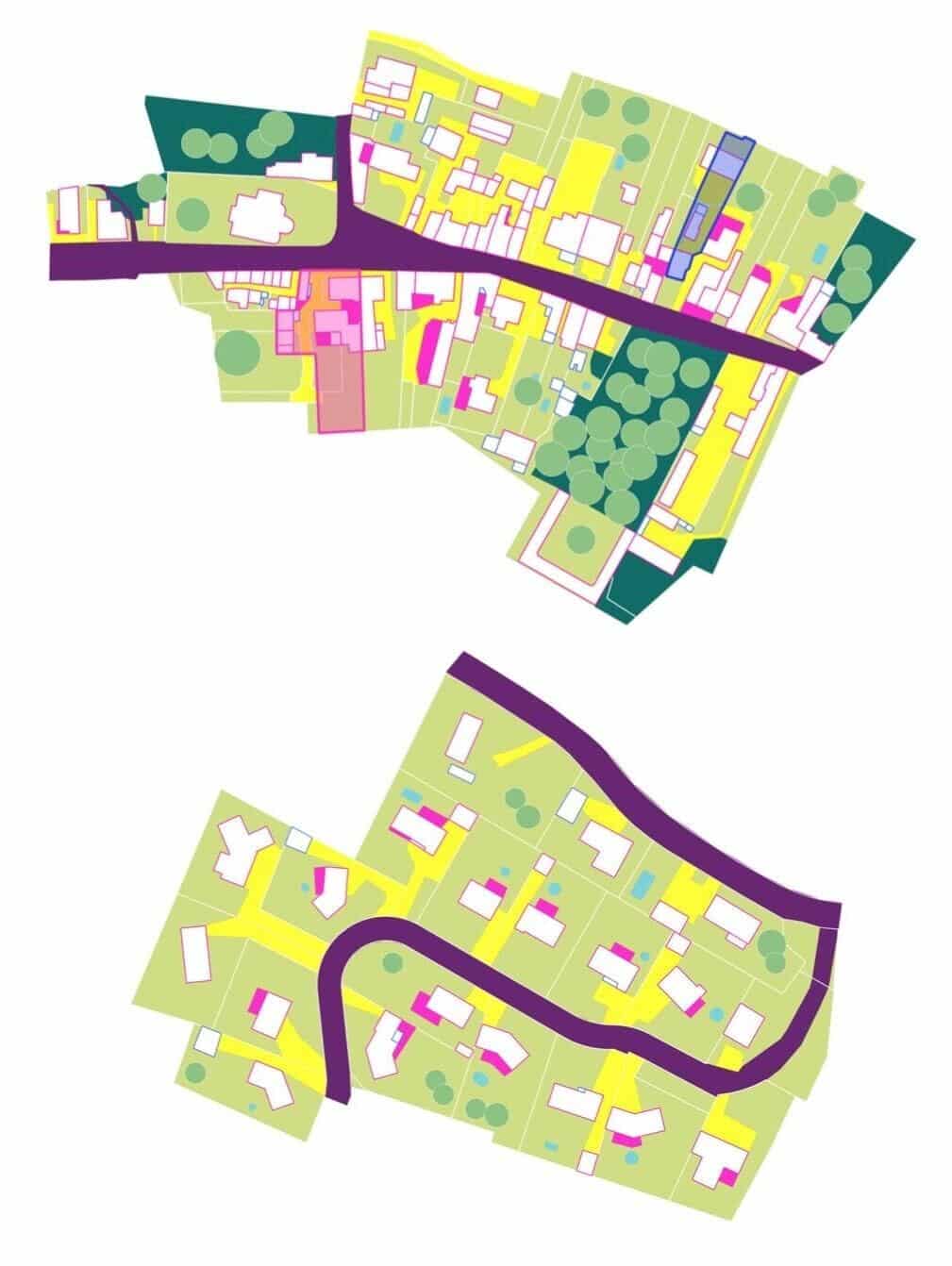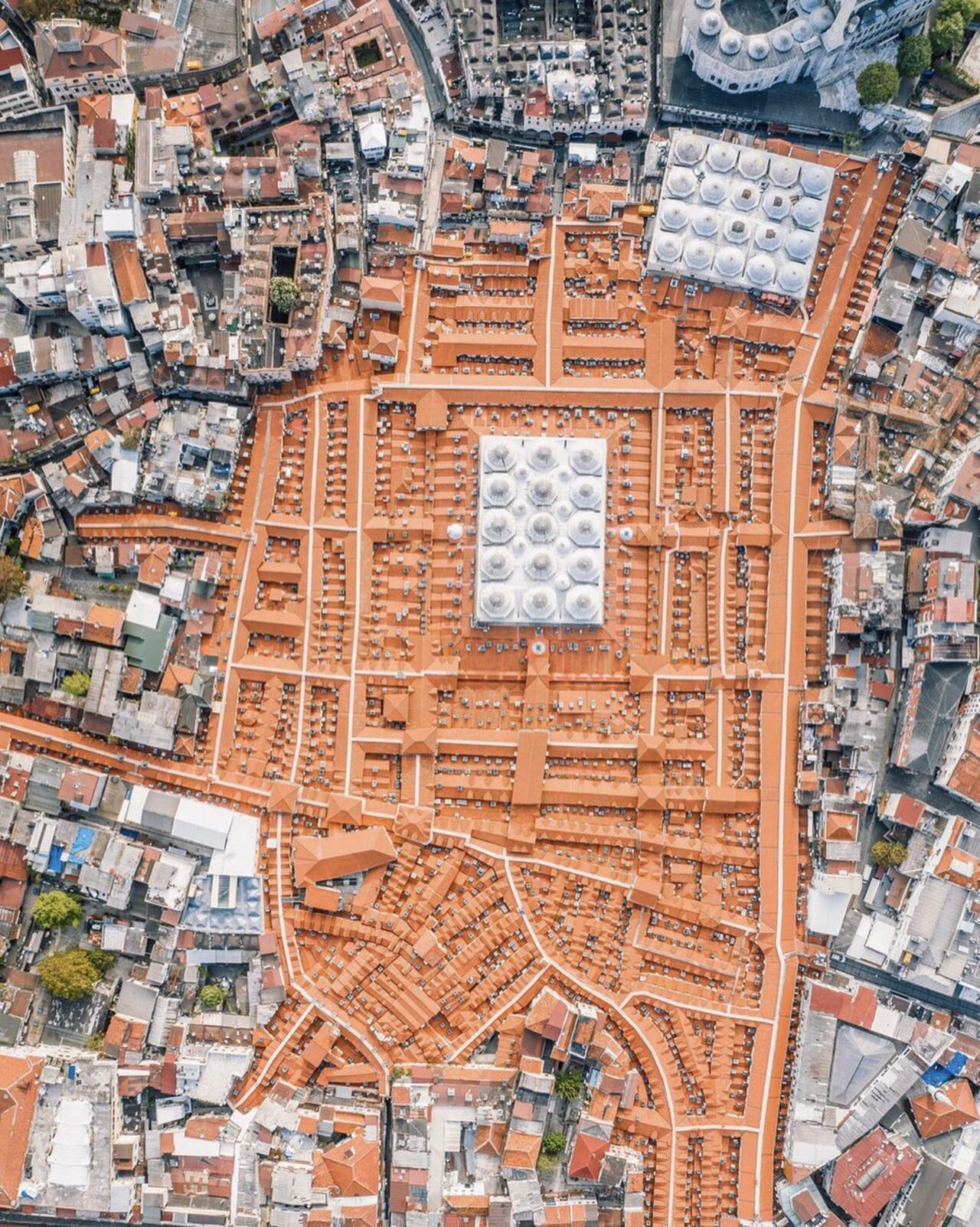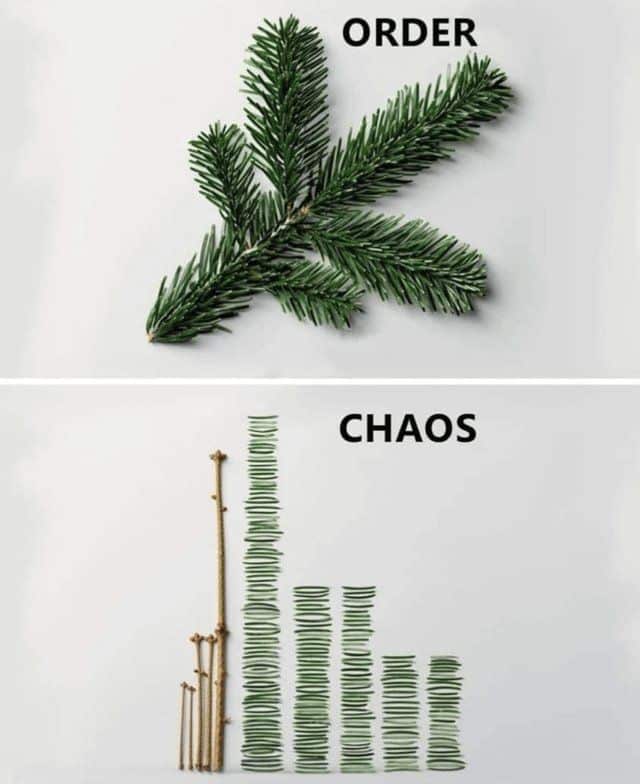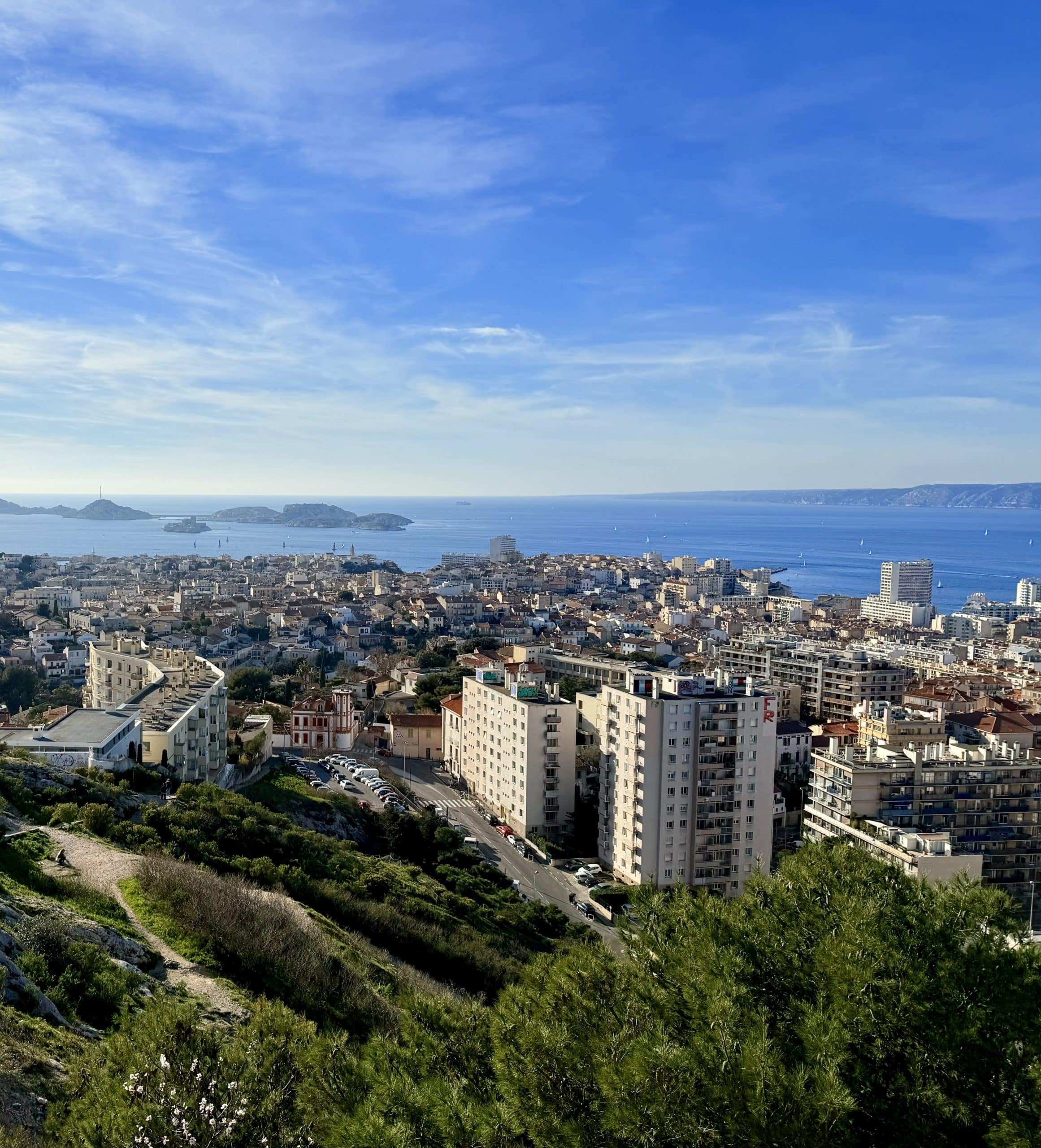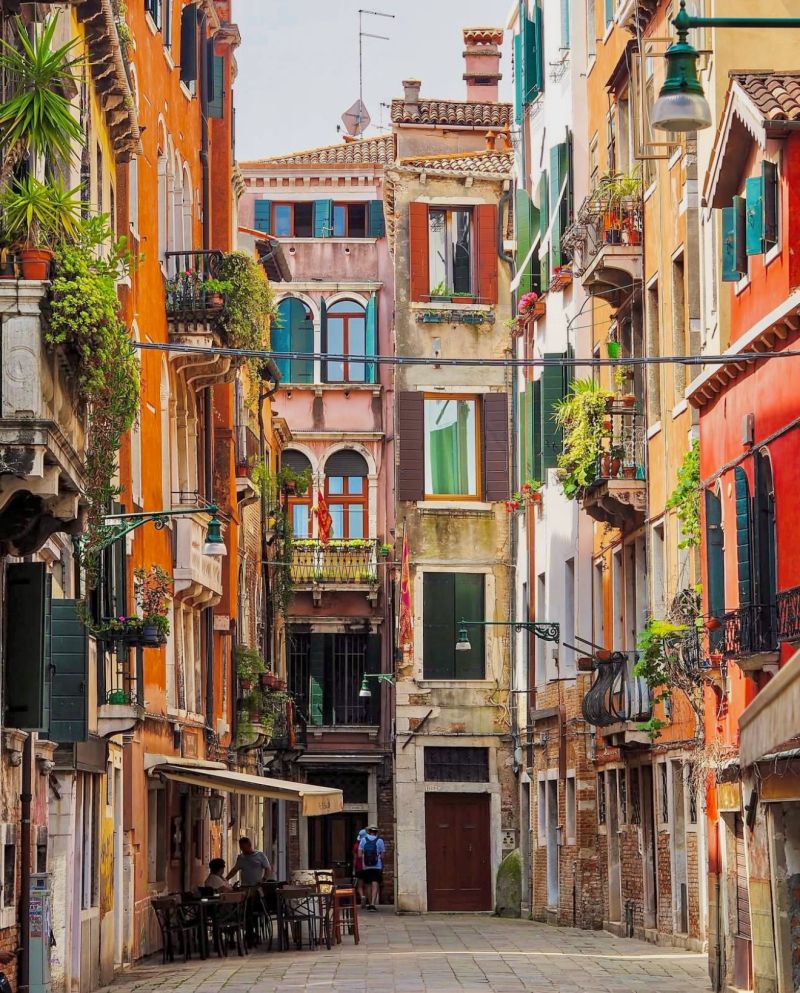Not through grand projects — but through thousands of small, village-like, and powerful adaptations. Here’s why every urban planning school should be paying attention.
The country has become a full-scale, open-air laboratory for organic urbanism, where top-down planning and bottom-up emergence unfold in parallel — often in tension, and sometimes in an unintentional but striking harmony.
When the metropolization process takes the form of an urbanism based on fine-grained plots, incremental densification, and a fragile balance between state planning and citizen-led transformation, we need to pay close attention.
With 100 million people, Vietnam’s urban population has risen from 19% in the late 1990s to nearly 40% in 2023. Growth is driven by Hanoï

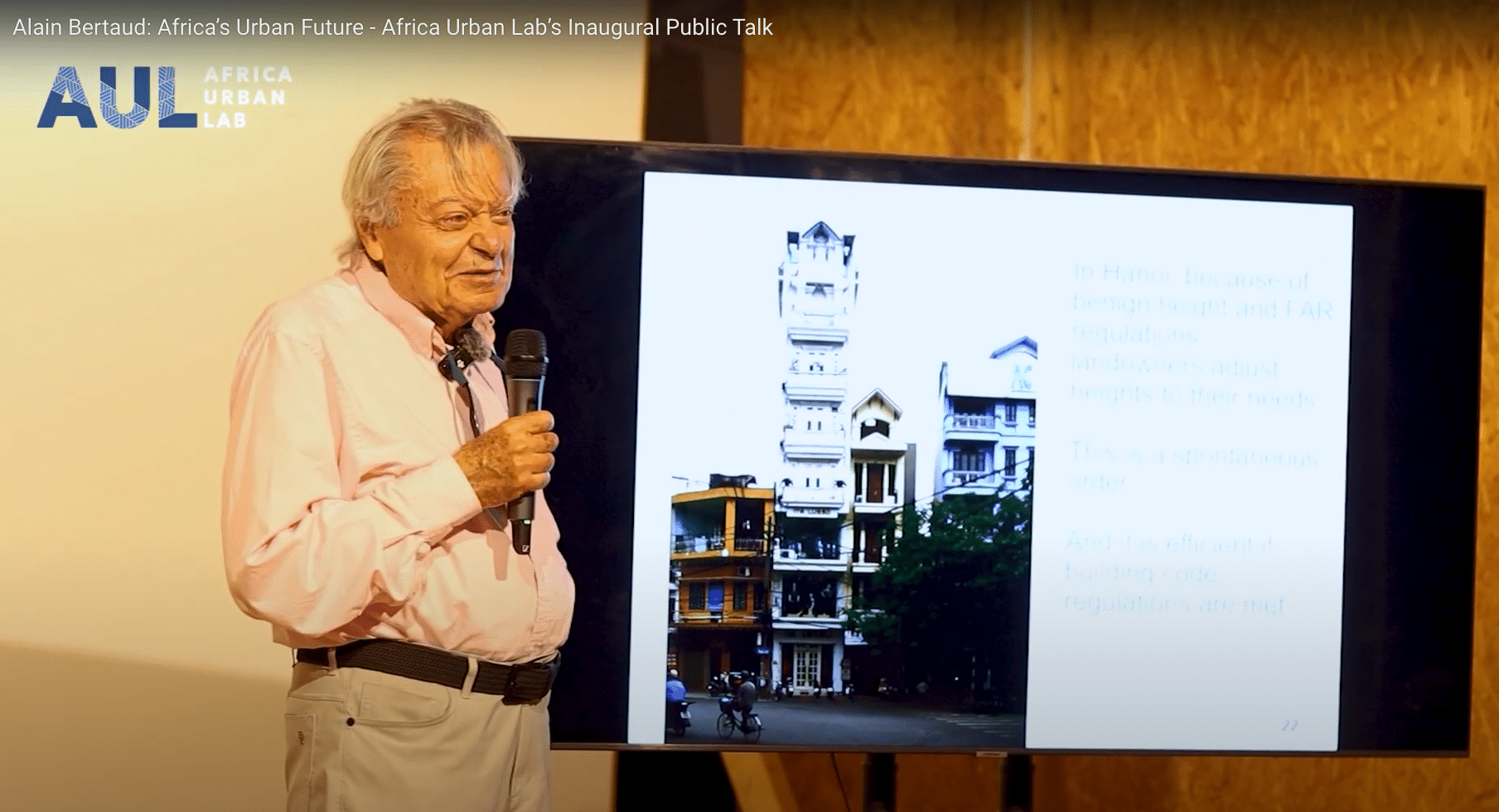 and Ho Chi Minh City, each with nearly 10 million residents, anchoring urban regions of 15 and 20 million people.
and Ho Chi Minh City, each with nearly 10 million residents, anchoring urban regions of 15 and 20 million people.
In Vietnam’s ordinary metropolitan fabrics, densities are both high and refined :
- High — 20’000 to 40’000 people/km² in some districts,
- Refined — plot sizes of 30 to 120 m² in central areas.
The result : a kind of urban fabric radically different from Western, Chinese, or Gulf models.
Beyond corporate and state-led mega-projects, Vietnam’s everyday urban fabric grows from village-like processe

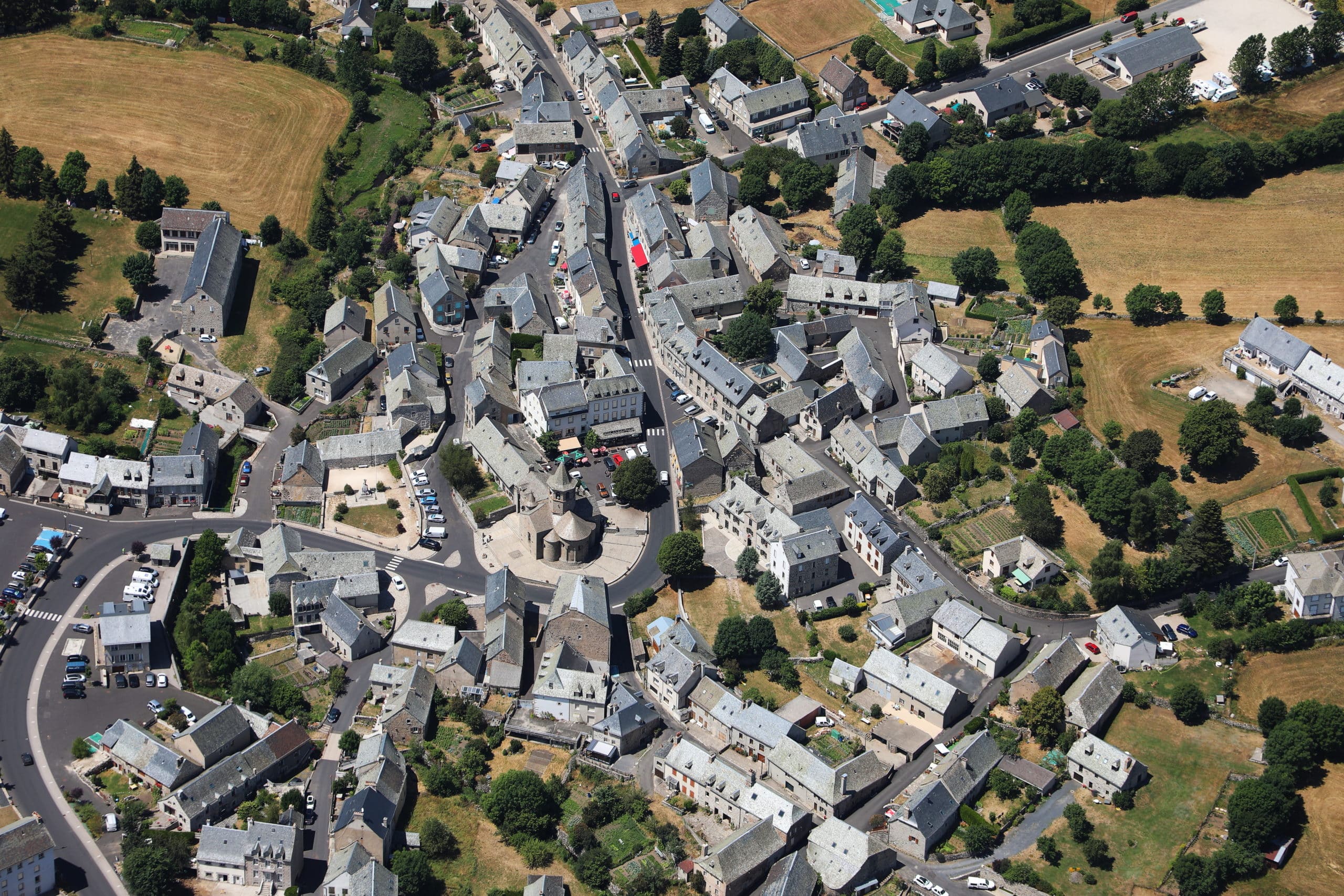 s : micro-plots, narrow houses, overlapping uses. Cities evolve through a mosaic of incremental resident-led projects — extensions, adaptations, subdivisions.
s : micro-plots, narrow houses, overlapping uses. Cities evolve through a mosaic of incremental resident-led projects — extensions, adaptations, subdivisions.
Every building is tailor-made, evolving floor by floor, need by need. Every piece of land can transform autonomously. The city keeps reshaping itself through thousands of small, incremental initiatives that reinforce the urban fabric over time.
The built environment becomes a cultural product
, unfolding through incremental adjustments, enhanced by a fragmented land structure

 and a fast-moving urbanization process.
and a fast-moving urbanization process.
Although planing and regulatory controls may come after construction is completed, this isn’t spontaneous urbanism
. It’s a race for good and well-located housing, a race against time — where some top-down megaprojects try to catch up with small bottom-up transformations.
The balance we can observe wasn’t designed — it is emerging. Yet that dynamic produces something essential : a way of building cities that is neither rigidly planned nor strictly informal

 .
.
The organic urbanism model accepts uncertainty and apparent disorder — and in return produces a fabric that is robust, agile, antifragile — and alive.
The outcomes may be discreet, but these fine-grained environments deliver what big projects rarely do :
- Morphological, functional, and social diversity
- Intensity of use
- Multiple and continuous centers
- And a quiet, powerful beauty
This isn’t a model to copy. But a compelling demonstration that organic, fine-grained urbanism can scale if we learn to work with people — their processes and projects — not against them.


